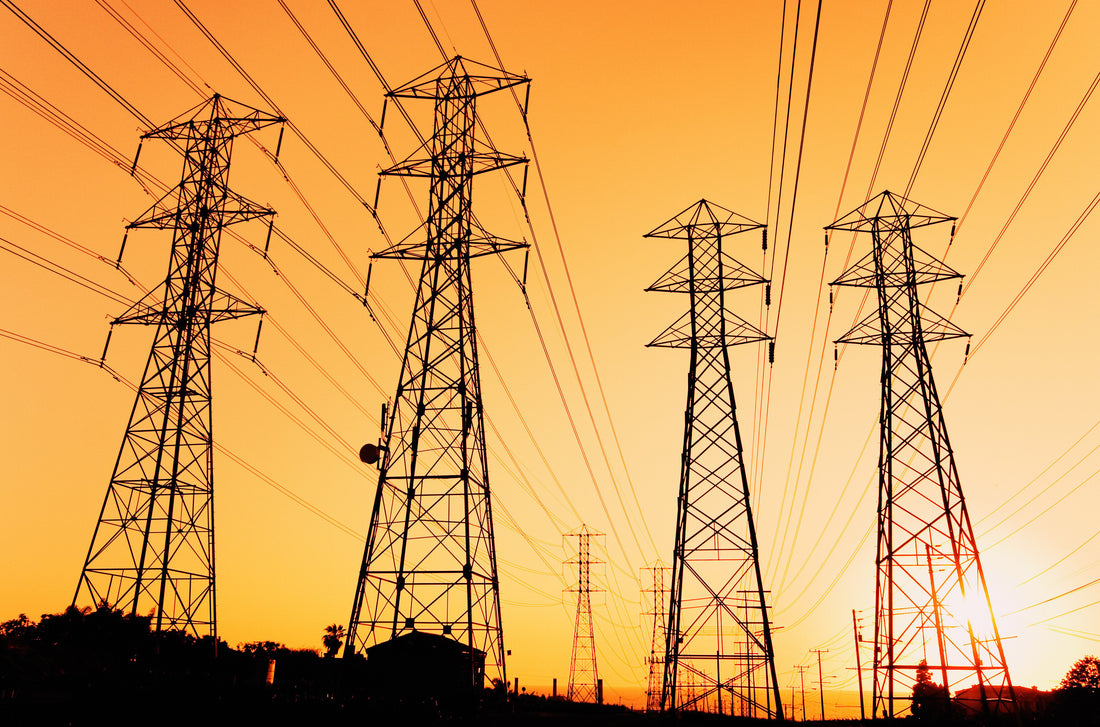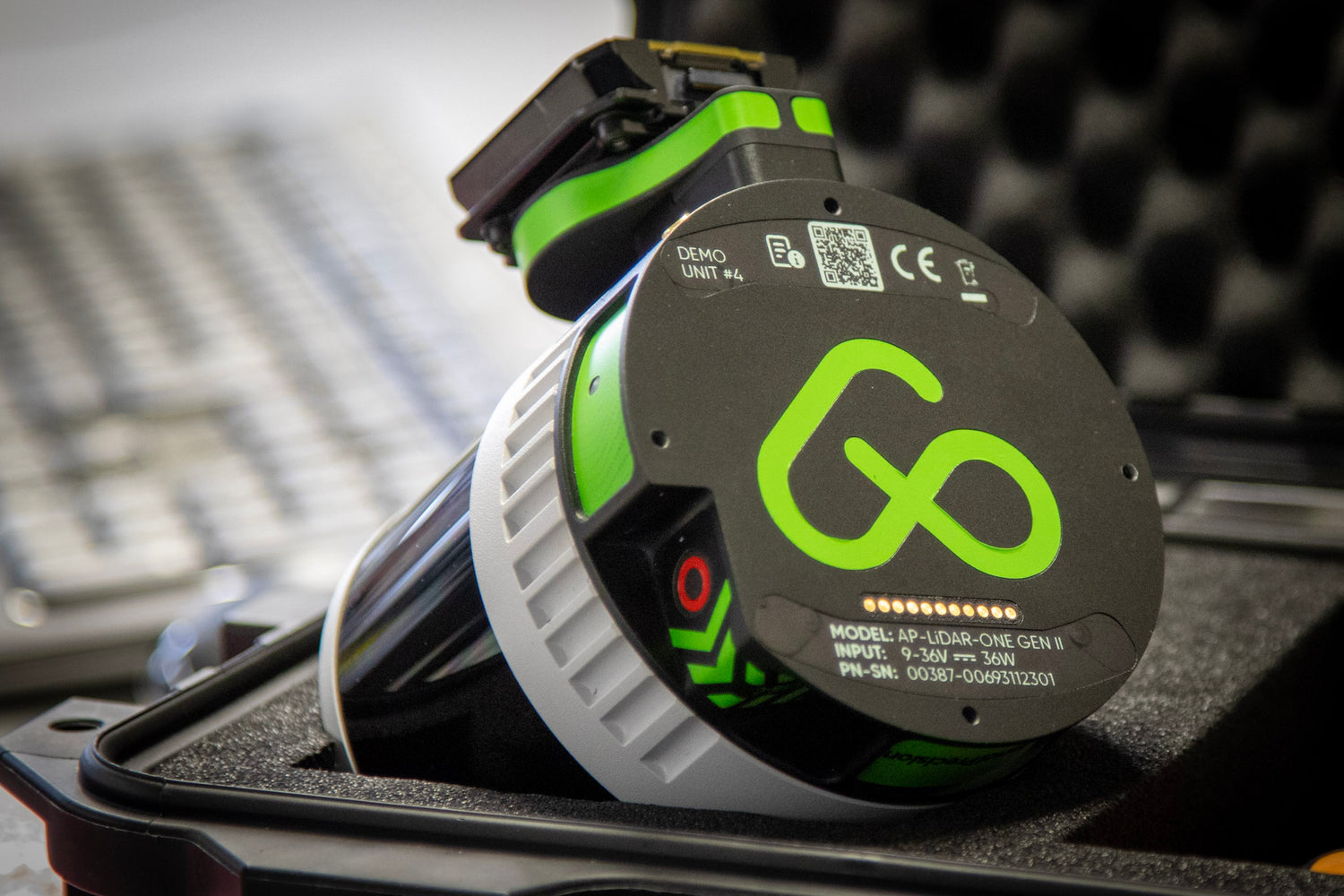
Revolutionizing Powerline Inspections with LiDAR
Ana Rouxinol
Powerline inspections are critical for ensuring the safety and reliability of energy distribution systems. However, traditional methods, often involving manual inspections or helicopter flyovers, can be dangerous and costly. Enter LiDAR technology—a cutting-edge tool transforming how we inspect powerlines by offering safer, faster, and more accurate results.
In this blog post, we'll explore how LiDAR can revolutionize powerline inspections, improving efficiency while reducing risk. If you're involved in energy infrastructure, you'll want to see how this powerful technology can transform your operations.
The Challenge with Traditional Powerline Inspections
Traditional powerline inspections involve technicians physically accessing transmission towers, climbing structures, or flying low-altitude helicopters to identify potential hazards like vegetation encroachment, structural damage, or wear and tear. While these methods have been the industry standard for years, they come with inherent risks, including:
- High labor costs due to manual inspections
- Dangerous working conditions for personnel
- Limited accuracy in identifying fine details or underlying issues
- More extended downtime during inspections, affecting power distribution
These challenges make it clear that a safer and more reliable method is needed. This is where LiDAR technology shines.
What is LiDAR and How Does It Work?
LiDAR (Light Detection and Ranging) is a remote sensing technology that uses laser beams to measure distances. When used for powerline inspections, LiDAR sensors mounted on drones or aerial vehicles capture high-density 3D point clouds of the environment. This data provides detailed information about powerlines' position, condition, and proximity to vegetation, infrastructure, and other potential risks.
LiDAR can also penetrate through obstacles like trees and foliage, giving a clear and unobstructed view of the powerline infrastructure, often hidden from traditional visual inspection methods.
How LiDAR Makes Powerline Inspections Safer and More Efficient
-
Improved Safety
The most significant advantage of using LiDAR for powerline inspections is that it significantly reduces the risks to human personnel. Instead of having workers scale high-voltage towers or conduct inspections from helicopters in potentially hazardous conditions, LiDAR-equipped drones can survey powerlines from a safe distance. This ensures that inspections are done without risking lives, as we witnessed recently in the Valencia region in Spain.
-
Greater Accuracy
LiDAR sensors provide incredibly detailed 3D data with millimeter accuracy. This means that even small changes in powerline tension, tower alignment, or vegetation encroachment can be detected and analyzed before they become significant problems. This level of precision is difficult to achieve through traditional visual inspections, making LiDAR mapping a superior solution for early issue detection.
-
Cost-effective and Time-Efficient
Traditional powerline inspections can be time-consuming and expensive, particularly when considering the cost of helicopters, safety measures, and personnel. LiDAR technology, especially with drones, can cover vast areas a fraction of the time. This drastically reduces inspection times and minimizes system downtime, which cuts operational costs.
-
Vegetation Management
One of the leading causes of power outages is vegetation encroachment on powerlines. LiDAR data enables utility companies to perform precise vegetation management by identifying which areas pose a threat. This allows for more targeted pruning and ensures compliance with clearance regulations, preventing outages and improving overall network reliability.
-
Comprehensive Data Collection
LiDAR technology doesn't just capture surface-level data. It gathers a wealth of information that can be used for multiple purposes, such as identifying structural weaknesses, mapping entire powerline networks, and planning future expansions. With detailed point clouds, engineers can conduct in-depth analyses without revisiting sites, saving time and resources.
-
Edge Monitoring and Predictive Maintenance
LiDAR systems are now integrated into edge monitoring solutions, allowing companies to consistently monitor their infrastructure's health. This data-driven approach to predictive maintenance helps utility companies act proactively, identifying potential problems before they lead to costly repairs or dangerous power failures.
Case Study: How LiDAR Transformed a Powerline Inspection
Utility companies around the world are already benefiting from LiDAR technology. For example, a primary energy provider in the U.S. recently employed LiDAR drone surveys across a network of high-voltage transmission lines. Using LiDAR allowed the company to quickly identify vegetation dangerously close to the powerlines and pinpoint towers that were misaligned after years of environmental wear. By addressing these issues early, the company avoided potential outages and saved millions in future repair costs.
Why Choose Aerial Precision for Powerline Inspections?
Our AP-LiDAR-One Gen II and AP-LiDAR-M Gen II sensors deliver survey-grade data while being portable and easy to deploy. Coupled with drone technology, our LiDAR systems provide the detailed, on-site data you need to ensure the reliability of your powerline infrastructure.
Whether managing vegetation or performing routine powerline inspections, LiDAR can revolutionize your operations by making them safer, more efficient, and more cost-effective.
The Future of Powerline Inspections
As utility companies face increasing pressure to maintain safe, reliable, and efficient energy systems, the use of LiDAR technology for powerline inspections is set to grow. LiDAR offers a more innovative way to manage and maintain powerline networks by reducing personnel risks, improving accuracy, and lowering costs.
Incorporating LiDAR into your inspection processes will keep your team safe and ensure your powerlines operate at peak efficiency. The future of powerline inspections is here, powered by LiDAR.
Ready to explore how LiDAR can benefit your business? Contact us today to discover the full potential of our innovative LiDAR solutions and how they can revolutionize your powerline inspections.




